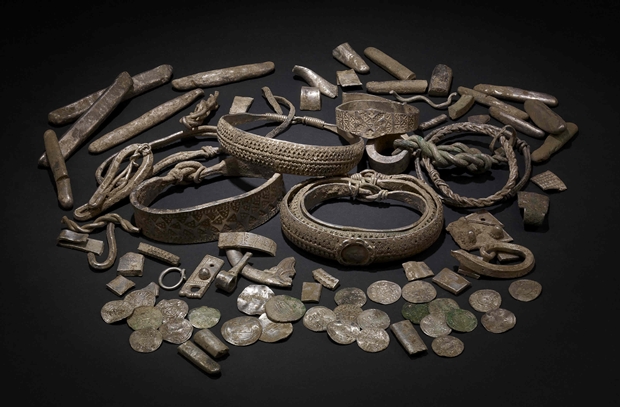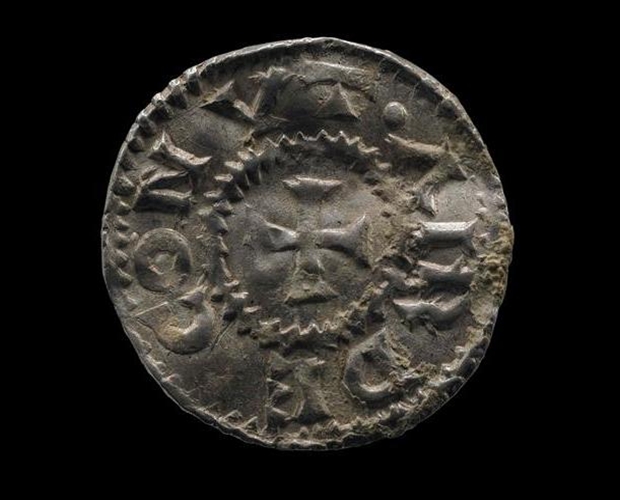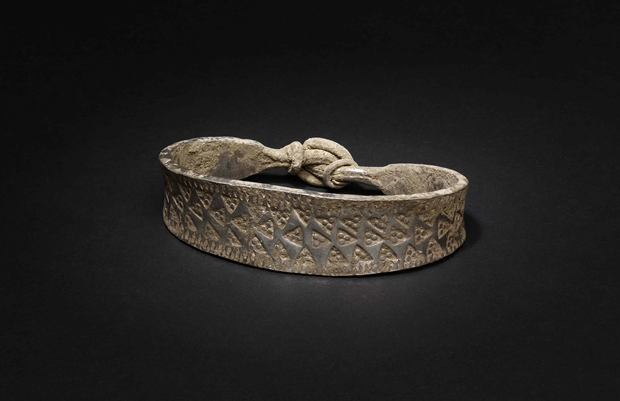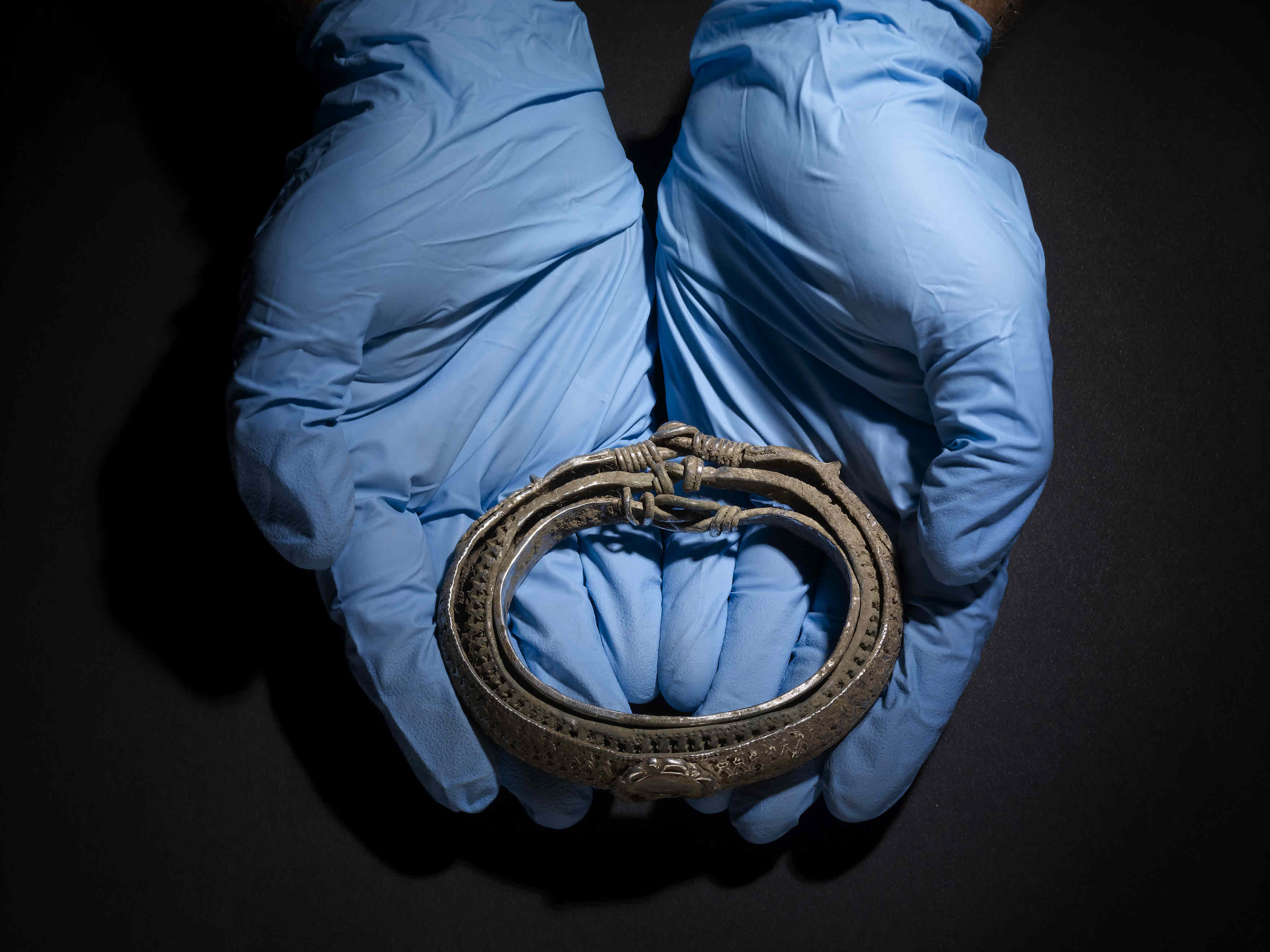
Found some 16 inches beneath the surface of a field in Silverdale, a village in north Lancashire, UK, the hoard materialized as Darren Webster, a 39-year-old stonemason, lifted a lead box signalled by his detector.
A shower of 201 pieces of silver revealed an abundance of arm-rings, brooch fragments, ingots and coins.
"I had a very good idea what it was. The coins, the bracelets, I knew it was possibly Viking, more than likely Viking," Webster told the Lancashire Evening Post.
Indeed, the treasure, possibly buried by a Viking warrior before he went into battle, includes coins which evoke Viking kings such as Alfred the Great, who reigned from 871 to 899. At that time, the Vikings were fighting the Anglo-Saxons to keep control of the North of England.

On one side, the coin bears an inscription in the shape of a cross which reads DNS (Dominus) REX (many Vikings had converted to Christianity within a generation of settling in Britain).
More intriguingly, the inscription on the other side reads AIRDECONUT -- "an attempt to represent the Scandinavian name Harthacnut," said Richardson.
"There was indeed a Viking ruler in both Scandinavia and England with the name Harthacnut. But the finds at Silverdale are dated earlier than this well-known ruler - - around AD 900-910 - - and therefore it's thought that the Harthacnut recorded on this coin is possibly a previously unknown ruler of the Viking kingdom of Northumbria," Richardson said.
The find will go through a treasure inquest to determine its value, with the reward shared between Webster and the land owner.
Meanwhile, a selection of objects and coins from the hoard are on display at the British Museum through the New Year.





Reader Comments
to our Newsletter